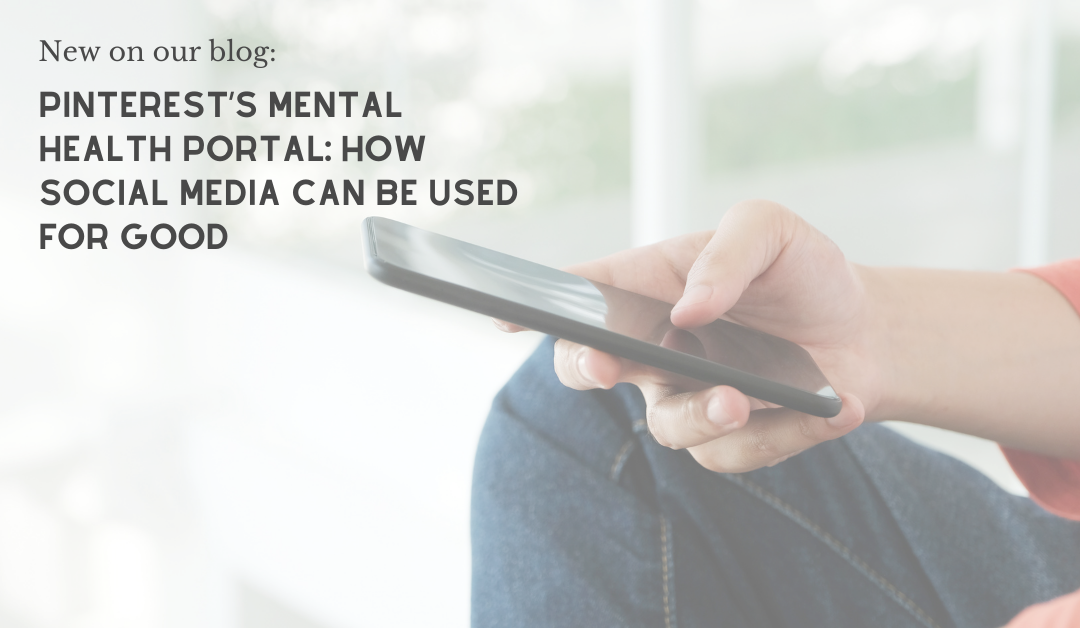
by Sara Hart | Jul 22, 2021 | Blog
One in five American adults experience a mental illness, and nearly one in 25 adults live with a serious mental illness. With so many Americans impacted, social media platforms and users have joined the effort in raising awareness and acceptance. From more positive content to quick, in-the-moment exercises, platforms are realizing the benefits and resources they can provide users.
And one of the leading platforms in these efforts? Pinterest! As the platform saw more and more searches related to mental well-being and emotional health over the past few years, they’ve created a way to help users in the app or online through a private portal that won’t show recommendations or ads based on your use of this portal. When you search topics such as “work anxiety” or “depression,” Pinterest automatically places a link to these resources at the top of the page. We’ve broken down a few of its activities and resources below for you to take advantage of.
Relaxing exercises
Have you tried breathing, meditation or relaxing exercises during the work day or in stressful moments? We encourage you to take a few minutes to explore Pinterest’s activities. In the portal, there are two-minute relaxation exercises, two-minute guided sessions …
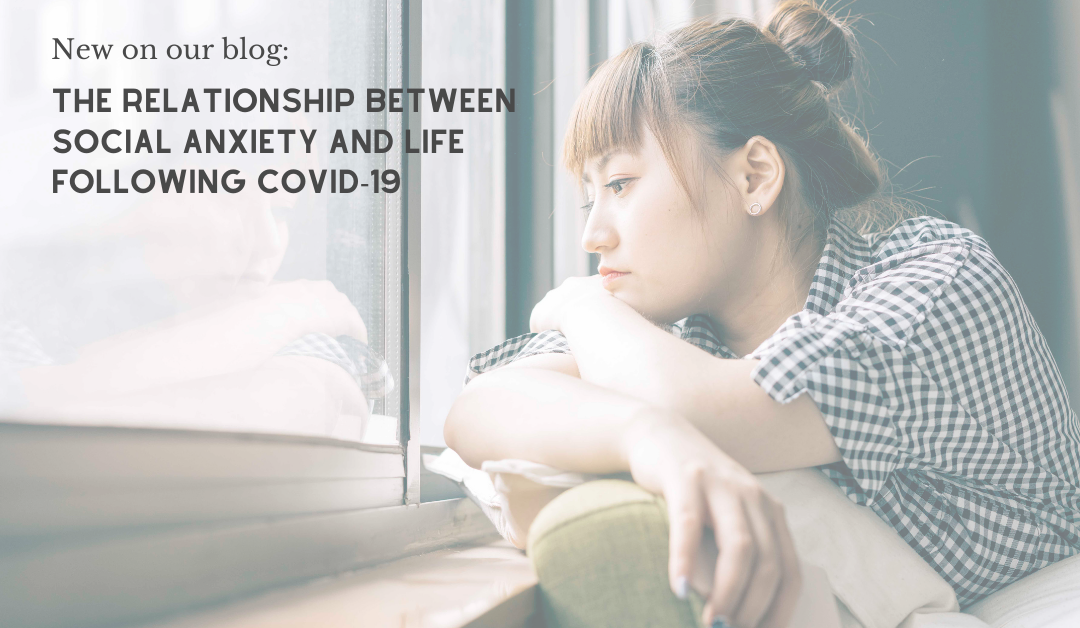
by Sara Hart | Jun 11, 2021 | Blog
During the pandemic, social isolation brought about a wave of mental health challenges for us all. In fact, nearly 31% of those surveyed by the Centers for Disease Control and Prevention stated that they experienced anxiety or depression symptoms in the midst of the pandemic. For some, the return to normal life is terrifying. As restrictions continue to lift across most states, it’s natural to feel anxious to reconnect. To ease your process of reentering society, we’ve outlined a few tips on how to cope below.
Reintroduce social activities slowly
We’ve been out of practice when it comes to socializing, so easing back into social events may relieve the anxiety you’re feeling. While you may feel pressure to do everything at once, remember to take as much time as you need. You don’t want to exhaust yourself and overdo it too quickly. Easing back into a social routine will take time – allow yourself to readjust at your own pace.
Remember what’s in your control
Oftentimes, anxiety is a result of uncertainty. But now that we have a better grip on how to handle COVID-19, there are practices you can do to ease stress when seeing friends or family …
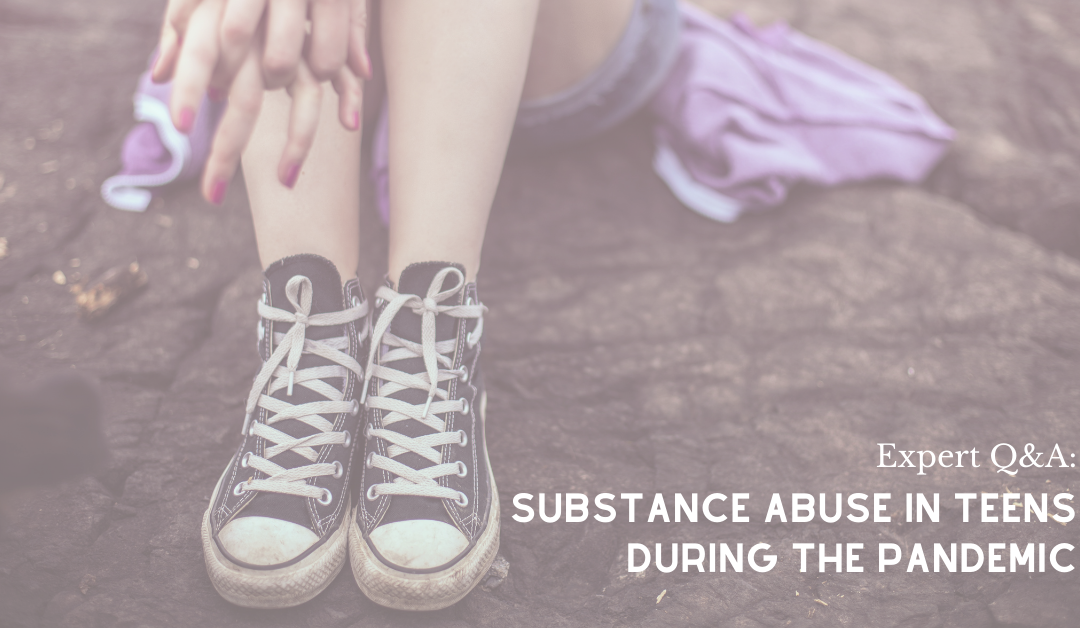
by Sara Hart | May 6, 2021 | Blog
Before the spread of COVID-19, studies showed that an estimated 28.6% of teens abused substances. During the pandemic, that number rose to 30.4%. The pandemic has proven to be difficult on each of us, but it has proven especially difficult on adolescents, as their social, emotional and academic constants have been altered. In honor of Children’s Mental Health Awareness Day (May 7), we sat down with Wendy B., a licensed independent clinical social worker at our Weymouth office, to discuss substance use in teens and its effects on their mental health.
What do you think has led to the rise in teen substance abuse since the pandemic began?
There is an epidemic of anxiety and depression in adolescents, and much of it is because of social media. Kids think they’re being more social, but in reality, they’re actually just sitting on their beds completely alone while scrolling through the platforms. The pandemic has only made it worse. There’s this real isolation, and children aren’t communicating with other human beings. Bullying on social media has also become more prevalent. The anxiety and depression they’re feeling very well could contribute to the rise in substance use.
Substance abuse has become a …
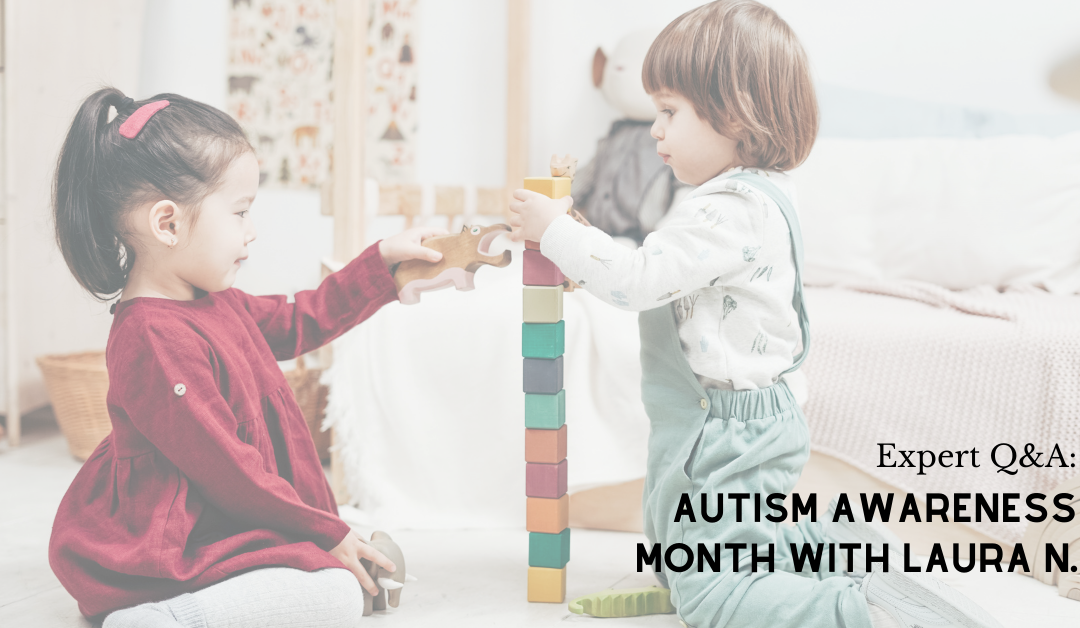
by Sara Hart | Apr 13, 2021 | Blog
Autism Awareness/Acceptance Month is recognized in April across the nation. During this month, it’s imperative that we, as a community, increase our knowledge, awareness and acceptance of the common disorder, while we continue to remove the stigma surrounding the topic. The Autism Society has deemed “Celebrate Differences” as the theme of this year’s recognition month. In doing so, the goal is to build a better awareness of the signs, symptoms and realities of autism. To celebrate differences alongside the Autism Society, we sat down with Laura N., director of South Bay’s Birth to Three Autism program, to further discuss the ins and outs of Autism Spectrum Disorder.
For those who don’t know what Autism Spectrum Disorder is, can you explain?
Autism Spectrum Disorder, commonly referred to as ASD, is a developmental disability that’s typically diagnosed at a young age – as young as 12 months old. This disorder is based on social communication, as well as restrictive and repetitive behaviors that often create behavioral challenges for the diagnosed individual.
What are the warning signs parents can look for in their children?
Some common characteristics include:
- Not pointing to objects
- Not making or avoiding eye contact
- Wanting to be alone
- Having
…
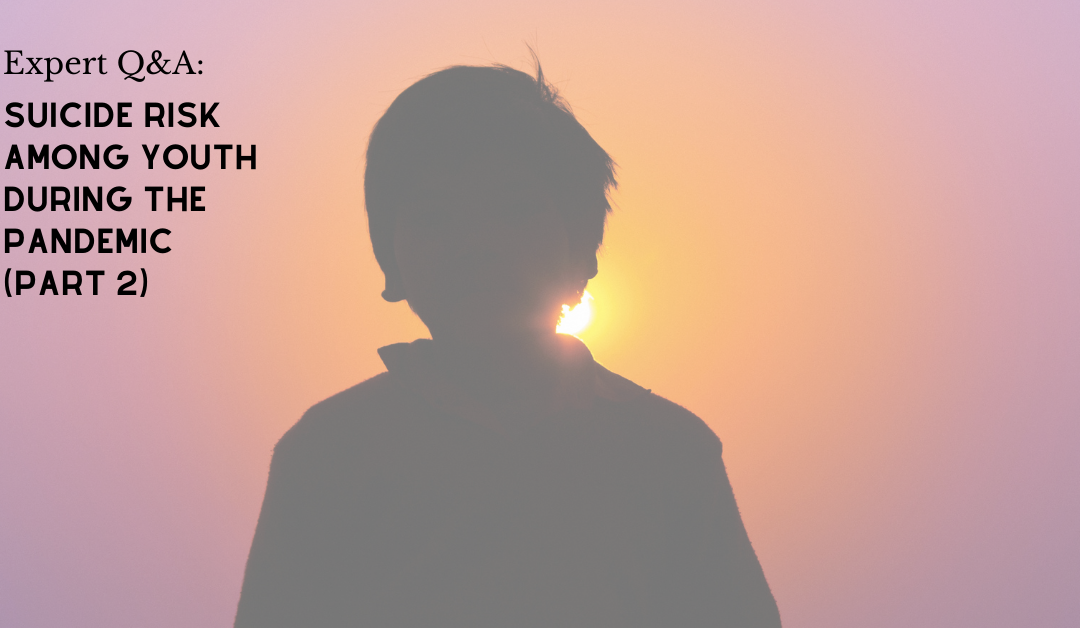
by Sara Hart | Mar 25, 2021 | Blog
In honor of Self-Injury Awareness Month, we’re back with Part 2 of our discussion with South Bay’s assistant director of Children’s Behavioral Health Initiative services, Sara F. We had so much to talk about with Sara that we’ve made her Q&A a two-part series. Read on as Sara breaks down how to approach the topic of suicide with youth, and don’t forget to check out Part 1, where Sara discussed suicide and the pandemic’s impact on our nation’s youth.
When it comes to suicide prevention, what can we do as a community?
I think prevention in a pandemic looks like increased support and awareness. It’s important people know there’s a rise in suicide attempts, completions and hospitalizations since 2019. People need to know that something is wrong. Even though our youth may be present and engaged, they may also be experiencing suicidal ideations. We have a responsibility to ask them if they’re feeling isolated, hopeless, helpless or if they don’t want to continue on in this life.
I think prevention starts on the ground level by increasing awareness in our communities. Awareness is the first step to prevention. There’s already a stigma surrounding mental health, but suicide is seen as …





